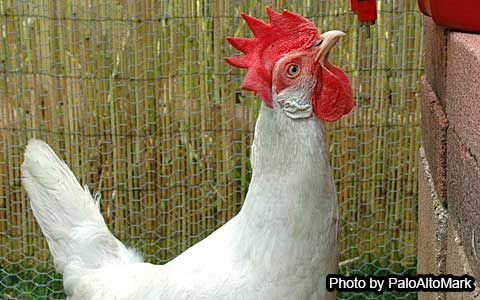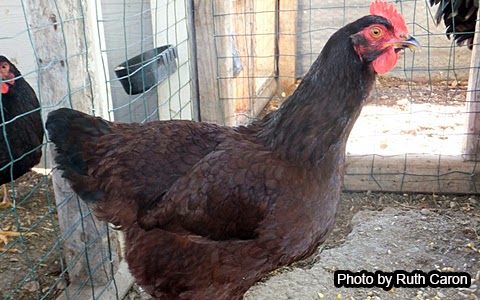Posts
Showing posts from March, 2014
Posted by
ChickenWaterer
Top 5 Myths About Chickens Debunked
- Get link
- X
- Other Apps

Posted by
ChickenWaterer
Chicken From Hell
- Get link
- X
- Other Apps

Posted by
ChickenWaterer
Farm Noir Chicken
- Get link
- X
- Other Apps

Posted by
ChickenWaterer
Chickens Celebrate St. Patricks Day
- Get link
- X
- Other Apps

Posted by
ChickenWaterer
Chicken Breed Photo Contest
- Get link
- X
- Other Apps

Posted by
ChickenWaterer
Chicken Abandonment: Let's Do the Math
- Get link
- X
- Other Apps
Posted by
ChickenWaterer
How to Get Creative Names for Your Chickens
- Get link
- X
- Other Apps

Posted by
ChickenWaterer
The Dirty Waterer Zone
- Get link
- X
- Other Apps

Posted by
ChickenWaterer
How To Raise Baby Chicks: Food
- Get link
- X
- Other Apps

Posted by
ChickenWaterer
How To Raise Baby Chicks: Water
- Get link
- X
- Other Apps

Posted by
ChickenWaterer
Party Animals
- Get link
- X
- Other Apps

Posted by
ChickenWaterer
How To Raise Baby Chicks: Breed Selection
- Get link
- X
- Other Apps

Posted by
ChickenWaterer
How To Raise Baby Chicks: Equipment
- Get link
- X
- Other Apps
